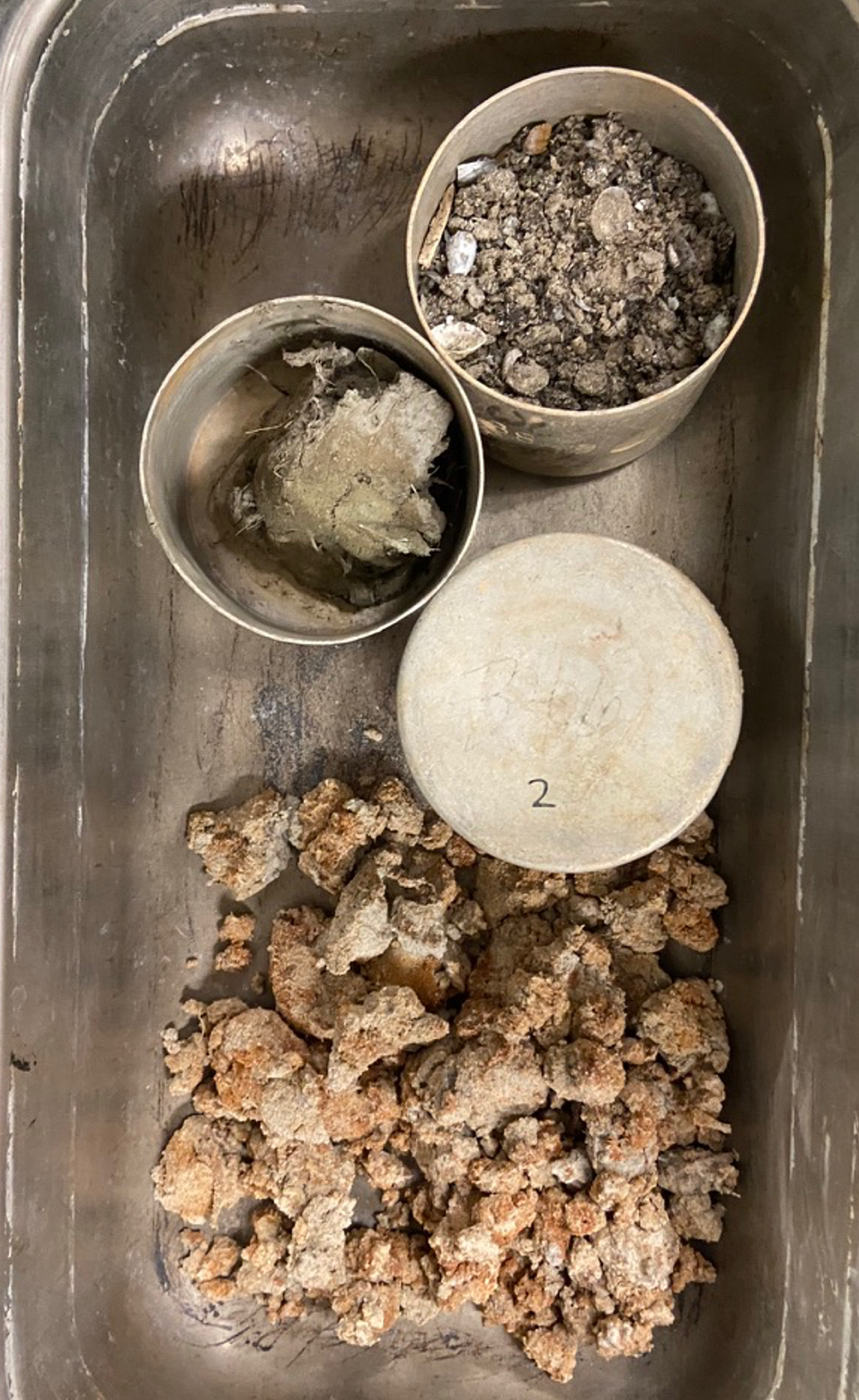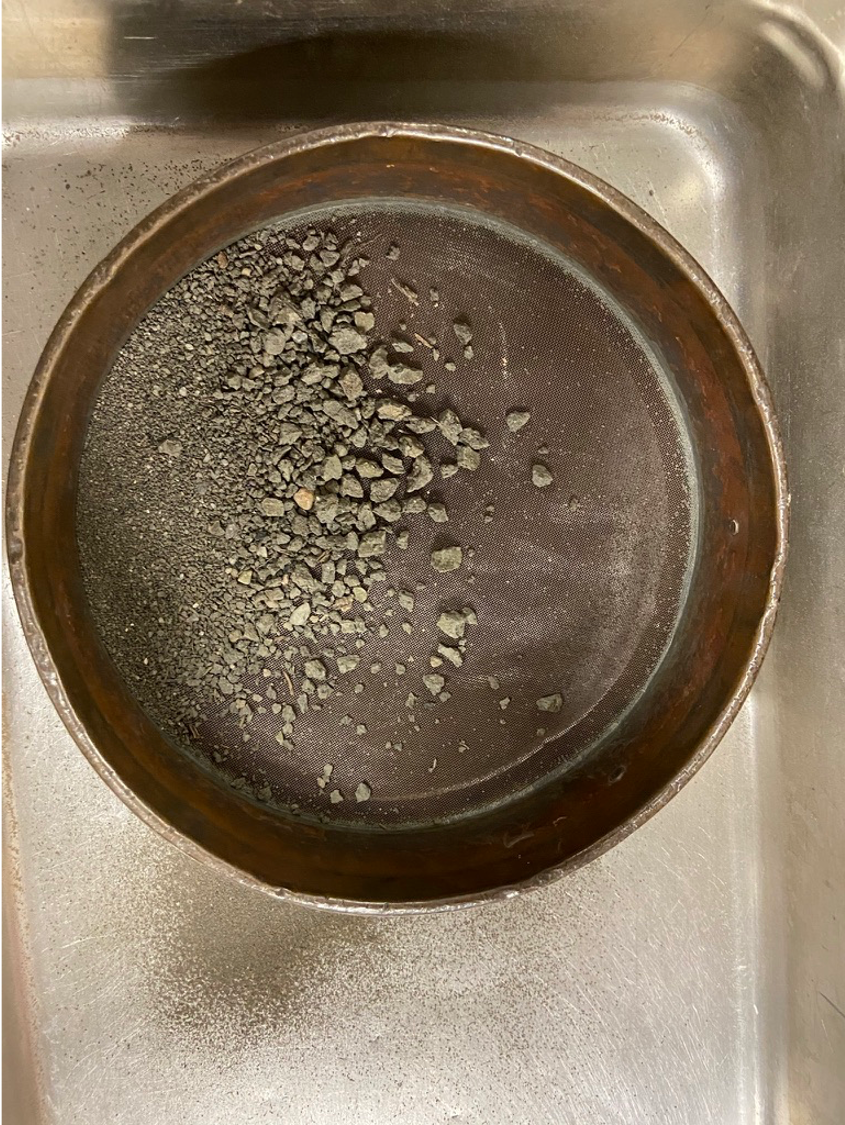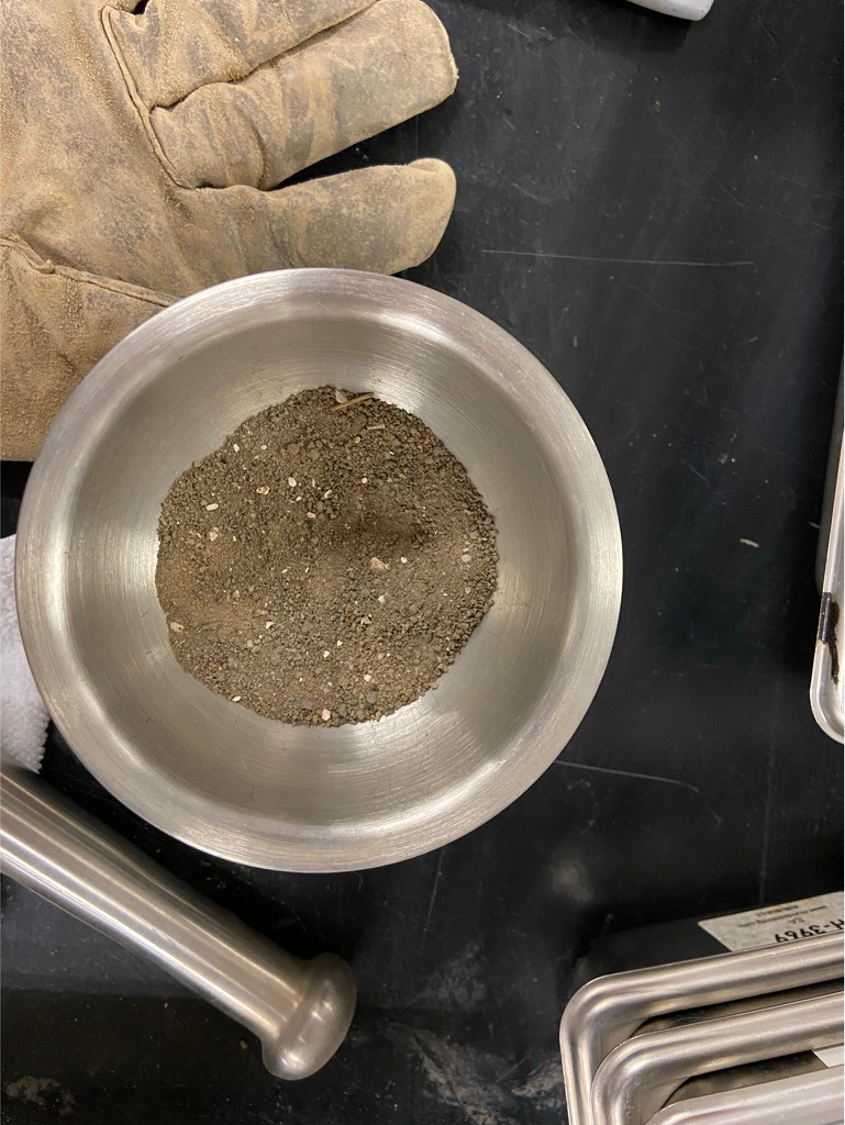I collected mud from two locations in Charleston, S.C., which I then dried and ground into sand. To create the paintings, I mixed the sand with different binders - at times I used acrylic medium, and other times I used gum arabic. Some paintings needed a darker color for the base, so in those cases I combined the sand mixture with gouache paint. To add details and to create objects, I used gouache paint and colored pencils.
These are the two locations I visited to collect pluff mud and take the photographs that served as references for my paintings. The first is marsh at the end of a path in the Longborough neighborhood, and the second is the DNR lab at the end of Fort Johnson road.
Longborough location
Fort Johnson location
You can see the mud I collected before and after I dried it in the following images. After drying it in an oven for 24 hours at 200 degree heat, I ground the samples until they became a fine sand. In total I had four separate samples, two from each location in order to see the varying colors of mud at both. The Fort Johnson location had clay mixed in with the pluff mud in one area, so I was able to have a variety of colors and textures.

Mud sample before drying.

My four samples after drying in the oven for 24 hours.

One sample from the Fort Johnson location during the grinding process.

Sample from Longborough location being sifted into sand. You can see the sample had rocks in it as well.
